Most of us believe that tradition is essential for our lives and the future of our children. Therefore, many gardeners prefer planting heirlooms, an inexpensive and healthy solution for their gardens. Unfortunately, nowadays is pretty hard finding seeds of many old plant species.
You need to do research and find farmers in your local community who still save seeds of heirloom’ vegetables. If you find such a farmer, ask him about his experiences and the varieties that have been growing well in the area, and which you can still plant in your garden. Those rare varieties passed down from one generation to another, and you can continue that tradition.
Decide between Heirloom, Hybrid, and GMO
When we are talking about plants, we often use the terms ‘heirloom,’ ‘hybrid,’ and ‘genetically modified (GMO),’ which basically refer us the way of reproduction of those plants.
Heirloom means that we can save our seeds for the next season. When we grow hybrids, we usually buy cross-pollinated seeds artificially made of two different species. In the end, GMO means that scientists have introduced foreign genes into plants.
There are a lot of debates about each of these methods. In general, you can find many pros and cons for every solution, and it is difficult to reach an accurate conclusion.
The fact is that heirlooms are proven and usually the most succulent plants. On the other hand, hybrids bring higher yielding, and they are often more resistant to pests and diseases. GMO plants are highly controversial, and we still don’t have relevant data about their influence on our health.
Heirloom plants
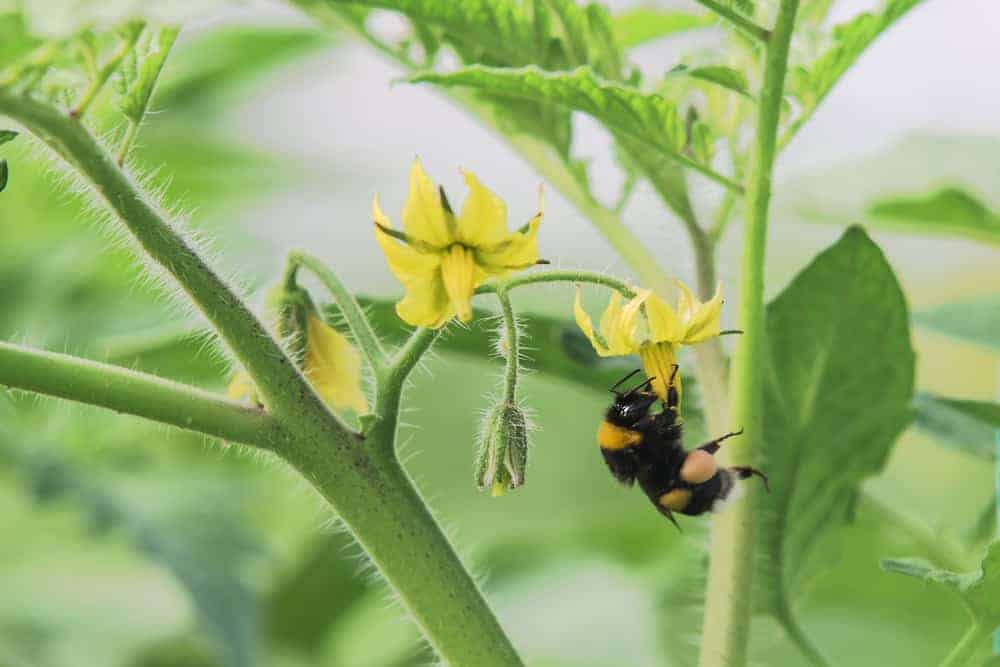
The way various experts define the term ‘heirlooms’ can vary, but in general, plants which have been growing in some region at least 50 years are considered old varieties. Often, we are talking about varieties grown before WWII.
Those plants have proven the origin and come from seeds passed down for many generations in a particular area. In old times, gardeners hand-selected the best seeds for the next season and tried to improve desirable traits of plants. Some varieties developed by a university at least half a century ago also belong to this group.
A common feature of all heirloom vegetables is that they are open-pollinated (naturally, by wind or insects) without human intervention. Therefore, they are almost always stable in their traits throughout many years.
The fact is that those veggies have better flavor than hybrids, especially if we talk about tomatoes. On the other hand, you can’t expect uniform crops since the size of your fruits may vary greatly even on the same plant.
Hybrid plants
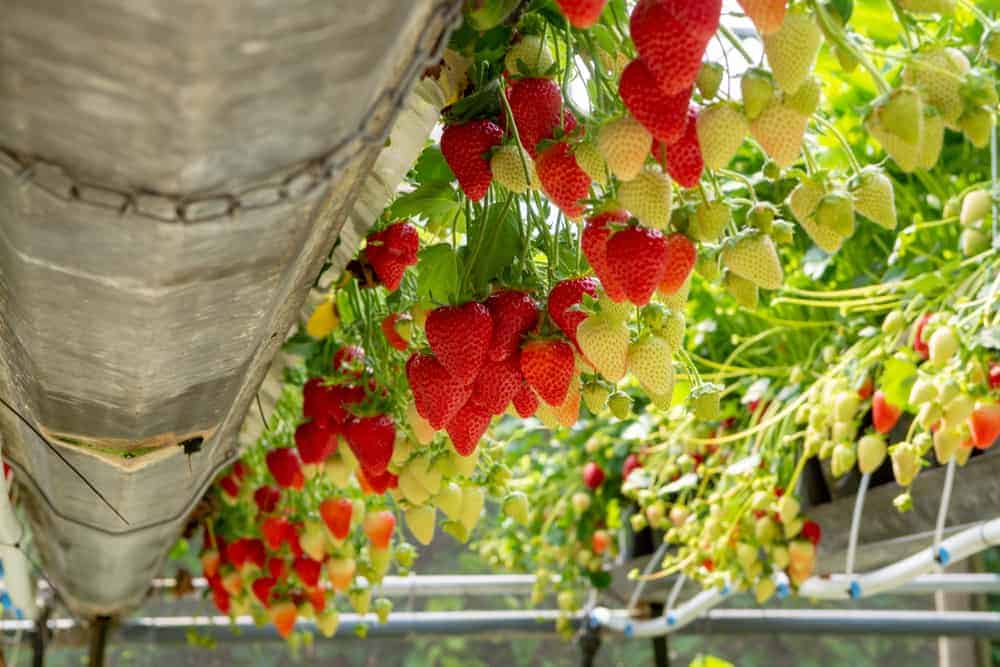
Cross-pollination is a regular process we can find in nature, and it means that members of the same species mix their traits. Based on this, plant breeders have created hybrid plants. They cross-pollinate two varieties of vegetables intentionally to produce hybrid offspring with two different types of traits. The goal is to combine top-notch characteristics of both parents.
During this long-term process of hybridization, scientists have controlled pollination carefully to ensure achieving the desired combination of traits such as disease-resistance, bigger size, of different colors of fruits.
The primary combinations of traits hybrids usually offer are:
- Fast maturing
- Easier maintenance
- High yields
- Dependability
- Improved flavor
- Bigger plant size
- Better resistance to pests and diseases
Most of the modern plants are hybrids. The problem with them is that you can’t use their seeds because they will never produce new plants with the same qualities. In fact, seeds we get from hybridized plants have a tendency to revert to their parents’ conditions.
Genetically modified (GMO) plants
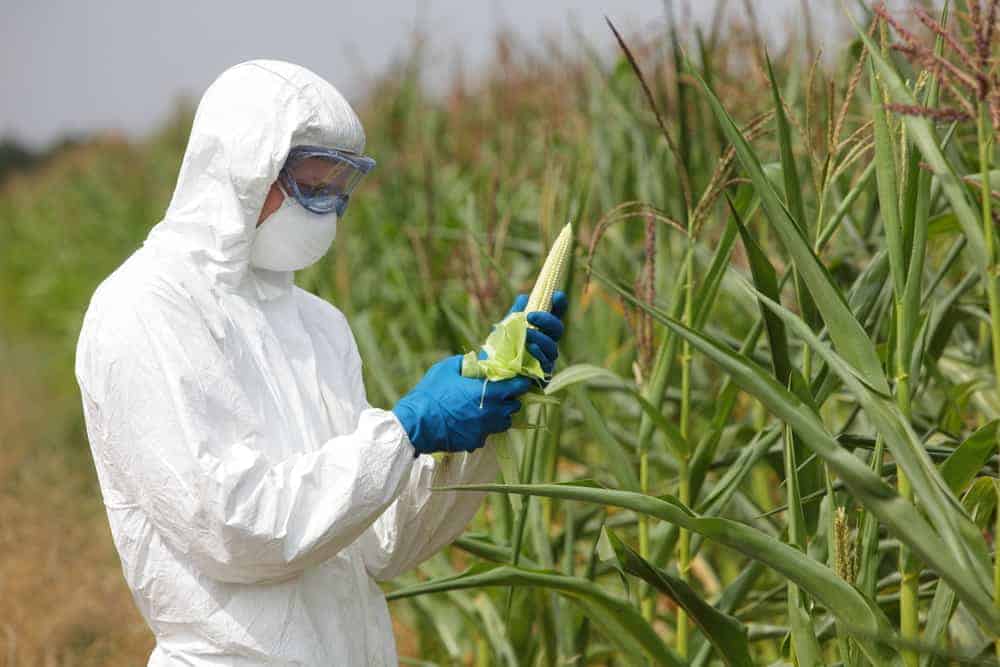
GMOs can be any microorganism, plant, or animal which is genetically altered by specific molecular genetics techniques. The most popular ones are protein engineering or gene cloning.
Even though GMOs can have some positive impacts, most people prefer avoiding products made in that way. For example, there are not a lot of us who like eating corn infused with pesticides no matter how highly those plants are disease-resistant or how high yields we can get.
Nowadays, GMOs have a terrible reputation, and many countries have already forbidden growing those plants.
What Plants to Choose
It’s up to you to choose what kind of vegetables is the best for you and your family. As far as I’m concerned, I always try to pick out heirloom vegetables even though some hybrid veggies are attractive. The primary reason is the flavor, the essential trait of every plant.
However, you won’t go wrong if you choose both options, and take advantage of the best characteristics of all types of plants. Be careful with GMO since there are still no relevant proves if vegetables made that way are safe and healthy for consumption.
Why You Should Choose Heirloom Seeds
There are a few reasons why gardeners prefer growing old vegetable varieties:
Excellent flavor
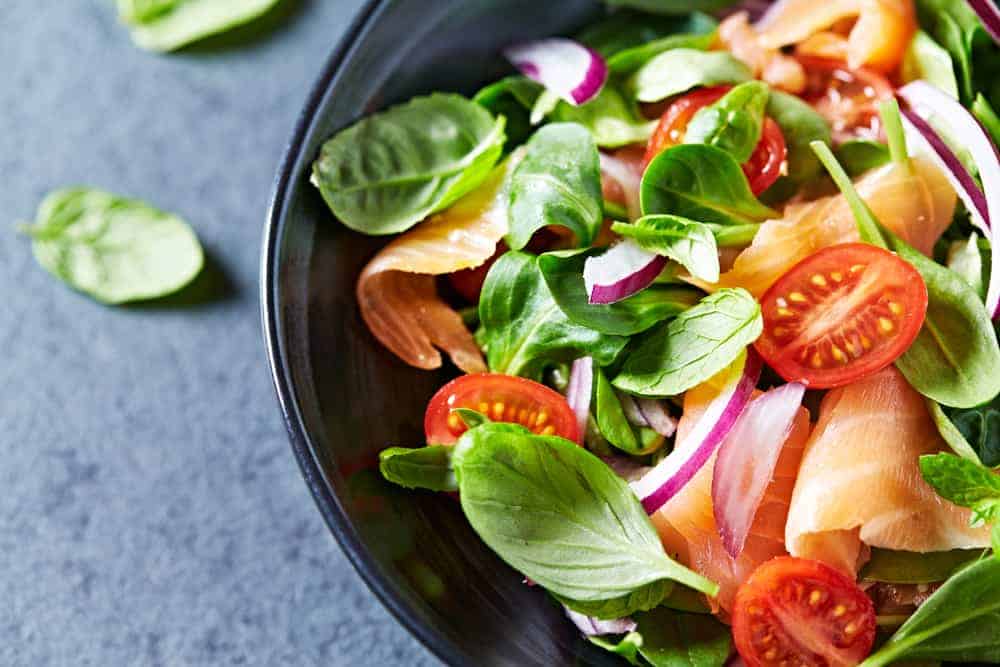
Most breeding programs for getting new hybrids have sacrificed the necessary nutrients and taste of veggies because the commercial growing and shipping are a primary goal of contemporary production.
The heirlooms are uniquely flavorful since it is a characteristic which people unintentionally favored for centuries. For example, every farmer saving his own seeds will hold the best seeds and improve the plant’s flavor for the next season.
Since you won’t transport your veggies at long distance, you don’t need to plant hybrids. By growing heirloom veggies, you will get soft, delicious, juicy, and sweet fruits.
Rich in nutrients
You don’t actually need to get the highest yields, but probably want to enjoy highly nutritious veggies. Many hybrids are significantly less nutritious. Therefore, you need to think about how to improve the healthy diet of your family.
Region
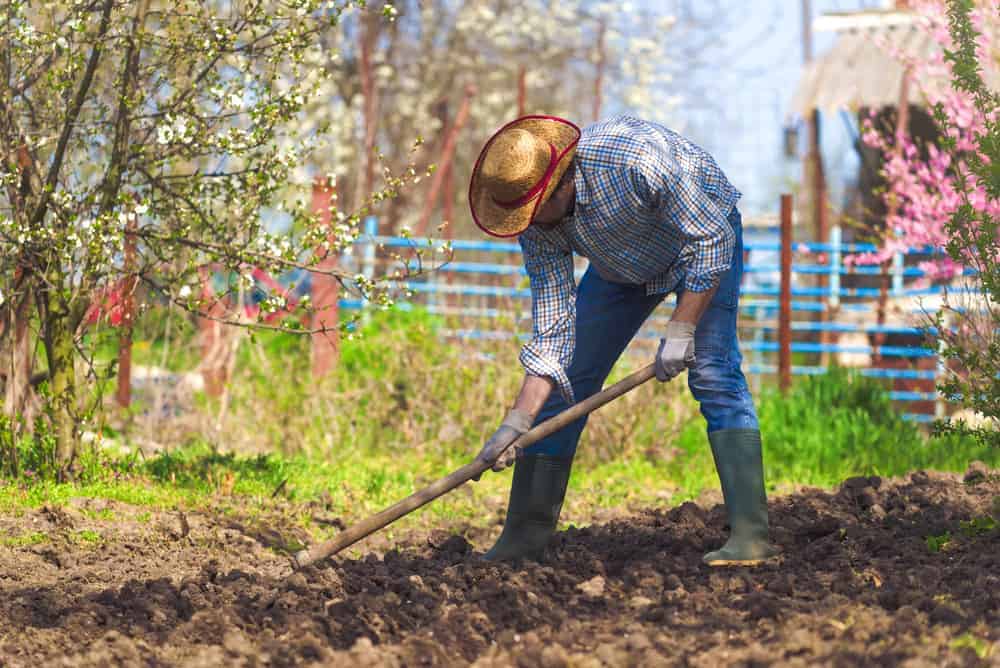
Heirloom varieties have been bred to grow in your neighborhood for decades, and they are adapted best to the climate in that particular area. So, you can always choose what plants work best in your garden.
Try to gradually select the best seeds over several years depending on the climate and the type of soil in the region you live in. That way, you will get a seed strain resistant to local pests and common diseases in the area.
Using your own seeds
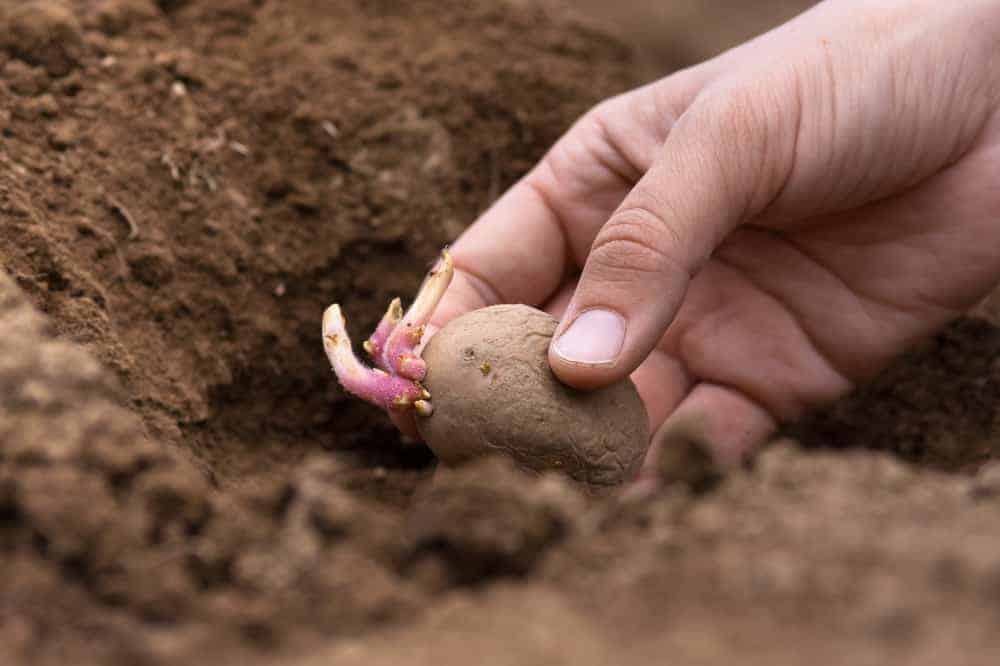
Since heirloom veggies are open-pollinated, you can save your own seeds for the next year, and replant your crop without additional expenses. Plus, you will get vegetables that are true to type, and you will always know what you will get for harvest.
Lower uniformity
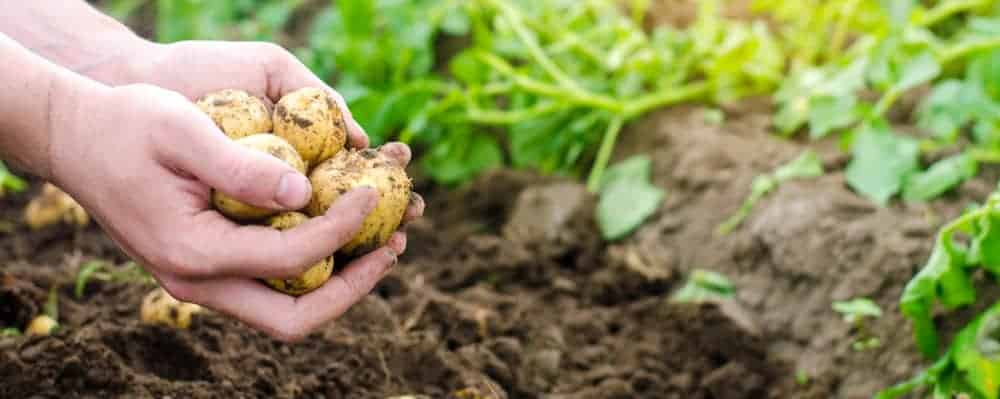
In general, all heirloom vegetables are less uniform than modern hybrids. They won’t ripen all at once, which can be very convenient if you need fresh food on your table every single day instead of the all-at-once harvest.
Lower price
As open-pollinated plants, heirloom vegetables are less expensive than most hybrids. Not to mention that your expenses will be zero dollars if you save your own seeds for the next season.
Tradition
Many gardeners prefer heirloom varieties because those plants are a connection to their heritage and all romantic stories of how their ancestors came to America. Can you imagine that you are somehow connected with those people through those tiny seeds?!
Every time you share seeds with your neighbors and friends, you support the genetic diversity and keep a precious, time-honored tradition.
Be one of the gardeners who save old seeds, and try to find out more about organizations such as Seed Savers. Thanks to them, we can see some heirloom varieties flourishing at nurseries all over the country.
8 Common Heirloom Vegetables You Can Grow
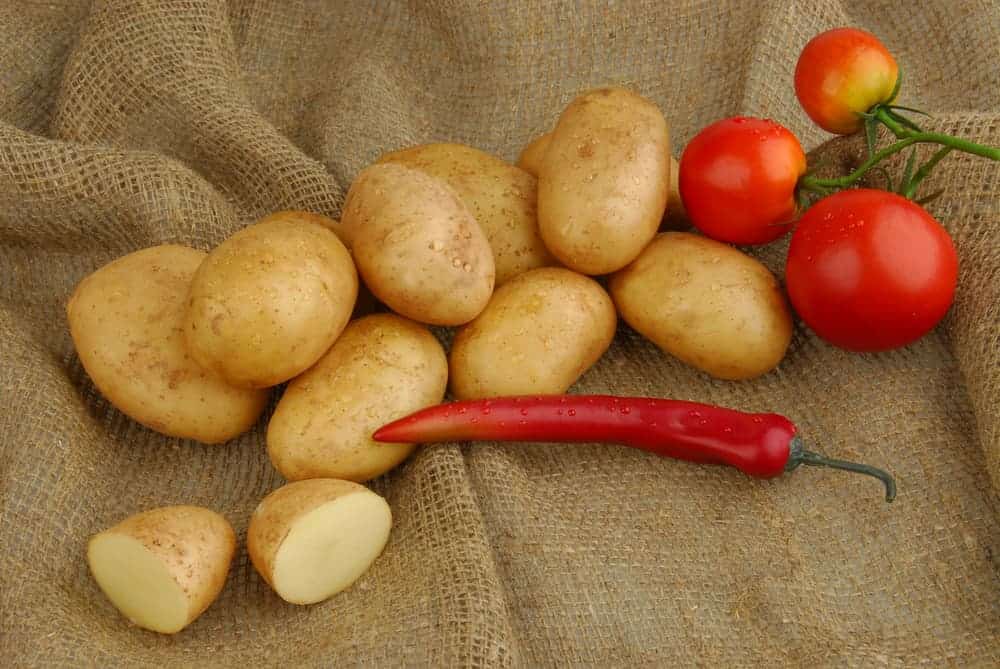
There is a widespread view that heirloom varieties will be susceptible to pests and various diseases more than hybrids. It is the truth that those ‘old’ veggies have never specially bred to resist a destructive insect or infections.
However, the fact is that heirloom varieties have been grown in the same area for decades, so, they have become naturally adapt to conditions typical for that particular region over time. Therefore, these plants are highly resistant to most local threats such as common diseases, pests, and adverse weather conditions.
If you have a small garden and grow plants for your family, choosing heirloom seeds are an ideal option. You can save your own seeds for years, and enjoy some delicious heirloom varieties of tomatoes, potatoes, peppers, and pumpkins.
In general, there are no differences in planting heirloom seeds in relation to the planting of hybrid ones. The rules are the same, and you should always prepare the soil properly, dig a small hole, and put seeds there.
Additionally, you need to keep maintenance of your crops by adding organic fertilizer or compost, watering, and weeding plants regularly. Let’s start growing heirloom veggies and enjoy their fantastic taste.
1. Tomatoes

You can start growing a few different heirloom tomato varieties. Over the years, you can decide which one fits you the best and which type grow more lush and healthier in the region you live in. Sow your own seeds indoors, and transplant seedlings as soon as the last frost passes. You will probably need to wait about 75 to 90 days to harvest your heirloom veggies.
2. Potatoes

Heirloom potatoes are medium-sized plants with purple-red skin of their tubers. Planting these veggies is quite simple. Just plant rows of potatoes in well-drained soil, cover them with a layer of mulch and keep watering, weeding, and feeding young plants regularly. You can collect first tubers after approximately 70 to 90 days.
3. Carrots

Yes, you can still find heirloom carrots on the market with that fantastic bright red skin and a yellow-orange interior your granny was planting years ago. Prepare the well-drained soil and your own compost if possible, and you will get mature fruits after about 90 days.
4. Radishes

Heirloom radishes usually need 20 to 29 days to mature, and they are often the first veggies you will harvest in early spring. Sow seeds directly to the ground as soon as it becomes workable. The best thing is that these vegetables won’t depend on the last spring frost. Don’t forget that you can grow radishes as fall crop too.
5. Garlic

These vigorous veggies have good-size heads and long roots, and they can overwinter in your garden without any problems. Wait for the first fall frost to pass, and mulch the ground adequately. That way, you can harvest your garlic after 90 to 270 days. Heirloom garlic has a strong flavor you will adore. Plus, you can use your own cloves to get new bulbs.
6. Cucumber
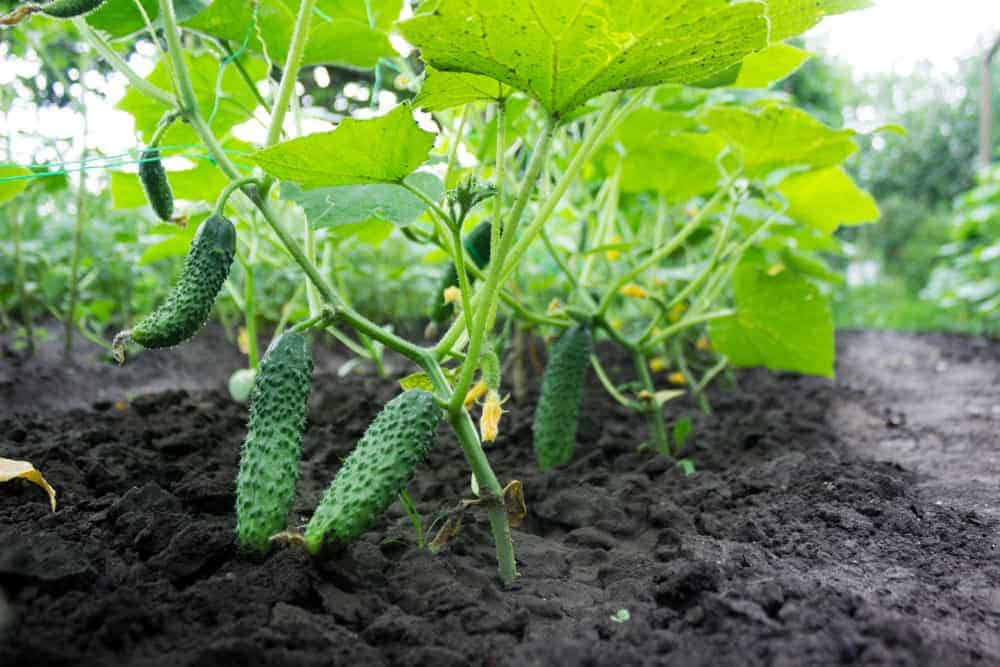
Your heirloom cucumbers will grow best if you can provide plenty of sunlight, humid weather, and loose soil for them. Fortunately, you can grow these veggies no matter in which region of the US you live in, but they will grow more lush and vigorous in the South. Provide some trellis for cucumbers’ vines to save space in your garden, and wait for 60 to 65 to harvest your veggies.
7. Peppers
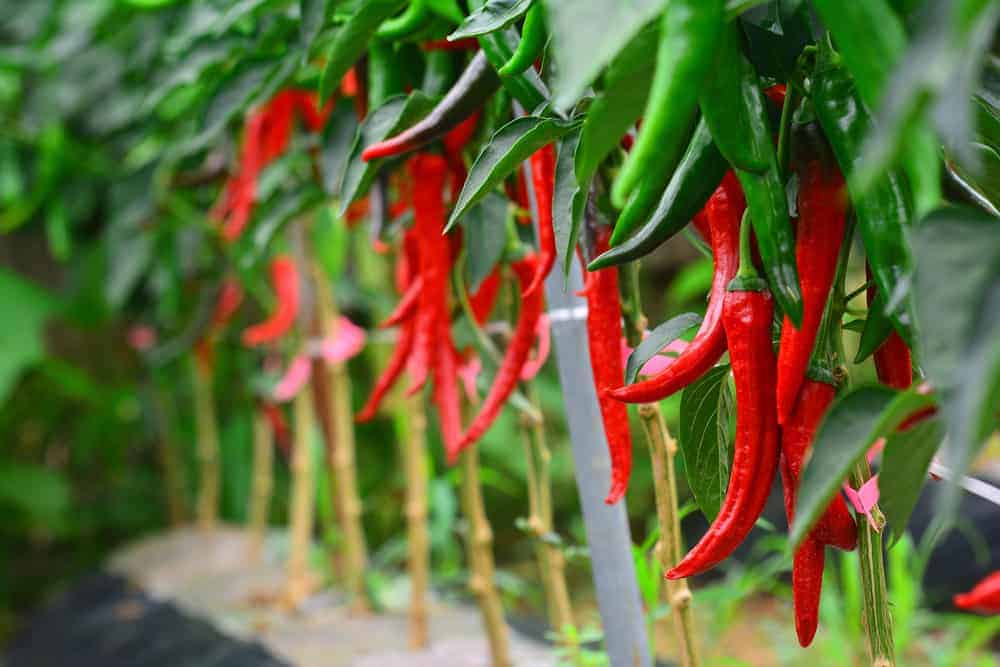
Heirloom peppers originated from Italy, but gardeners in the US have been planting these veggies from the very beginning. You should sow seeds inside, and transplant seedlings into your garden right away after the last spring frost. If you maintain your peppers properly, you may expect to harvest first fruits in 80 to 90 days.
8. Watermelon

Watermelon such as ‘Moon and stars’ has a dark green, lumpy and bumpy rind with that ugly large yellow spot, but you will be pleasantly surprised after cutting it. I am quite sure that you haven’t eaten such sweet, juicy, bright red watermelon in years. Grow this variety in full sun, and you can expect to get mature fruit after approximately 100 days.
Conclusion
Whereas fifteen or twenty years ago was quite hard finding heirloom vegetables on the farmers’ markets, these days more and more people look for these plants primarily because of their exceptional flavor.
Become one of those gardeners who produce these delicious and healthy veggies in their gardens and enjoy. The only thing you need to do is to find an excellent source of heirloom seeds. Good Luck!
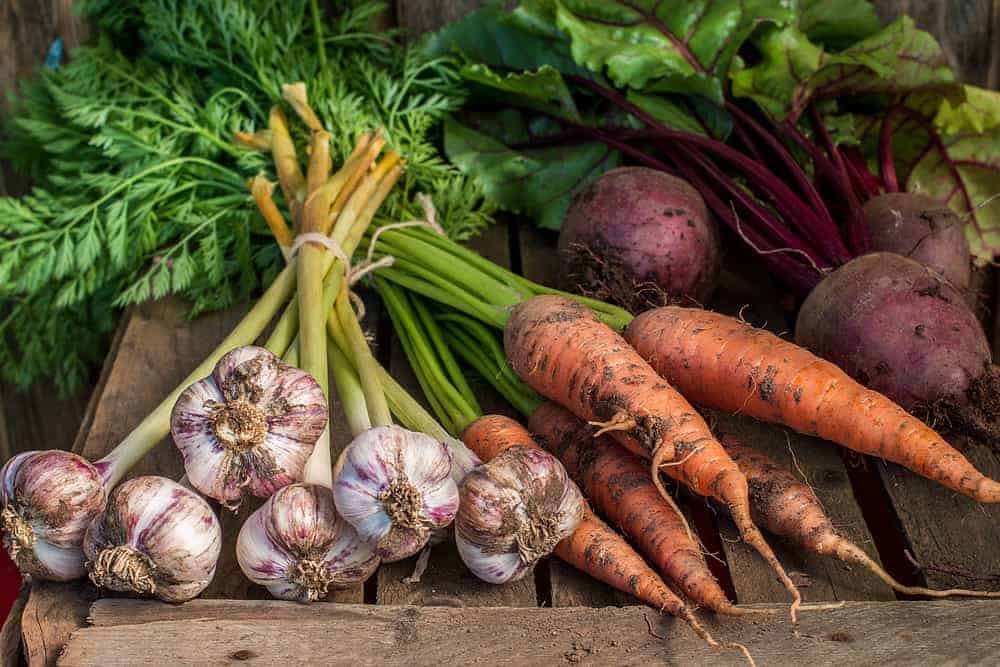
Leave a comment